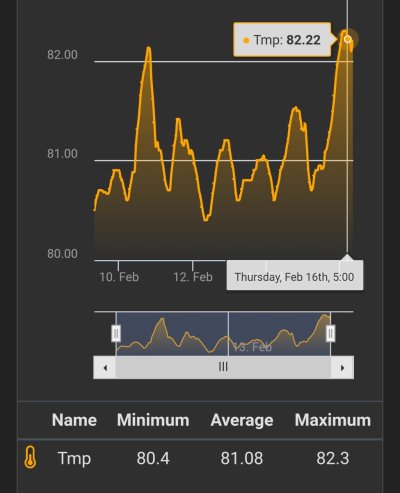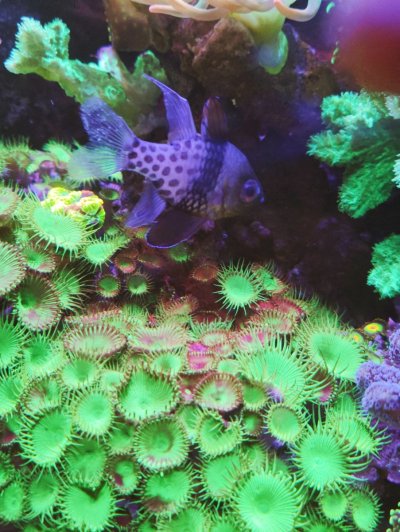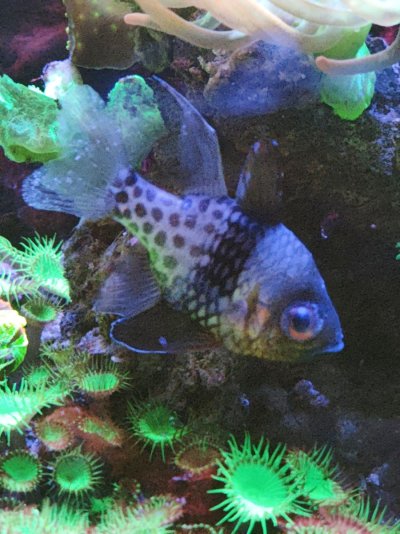Wow. You put a coral in straight 3% H2O2?hi
question, i put new lps in a fallow tank, so the days count starts from zero.
however, I gave them a 2-minute bath in NOT diluted 3% hydrogen peroxide, could it be a good treatment and I don't have to start the count again???
what are the things that will surely be dead with this immersion?
Keep us informed. I would speculate that nothing will survive that including the coral. What type of LPS was it?






















